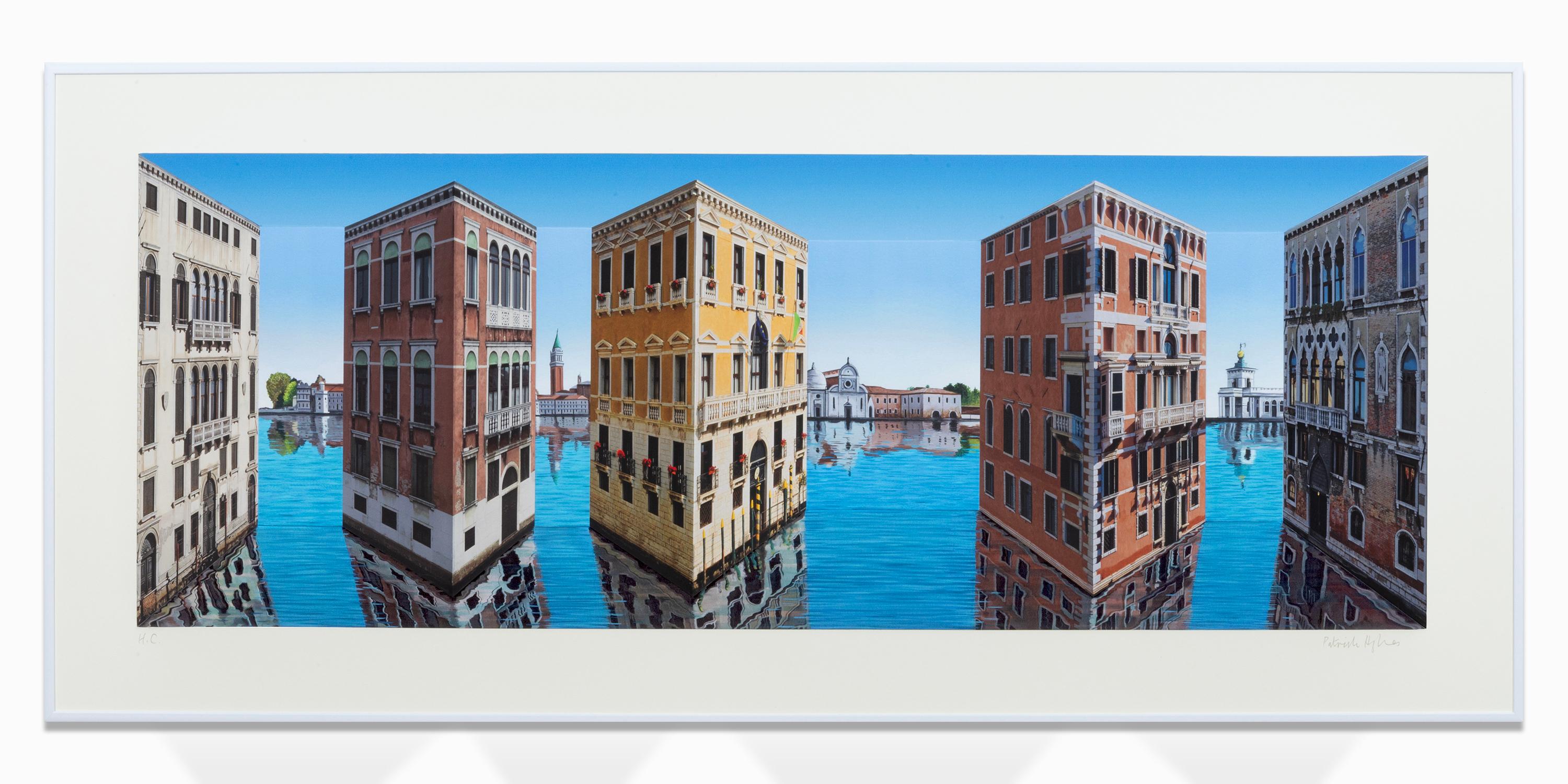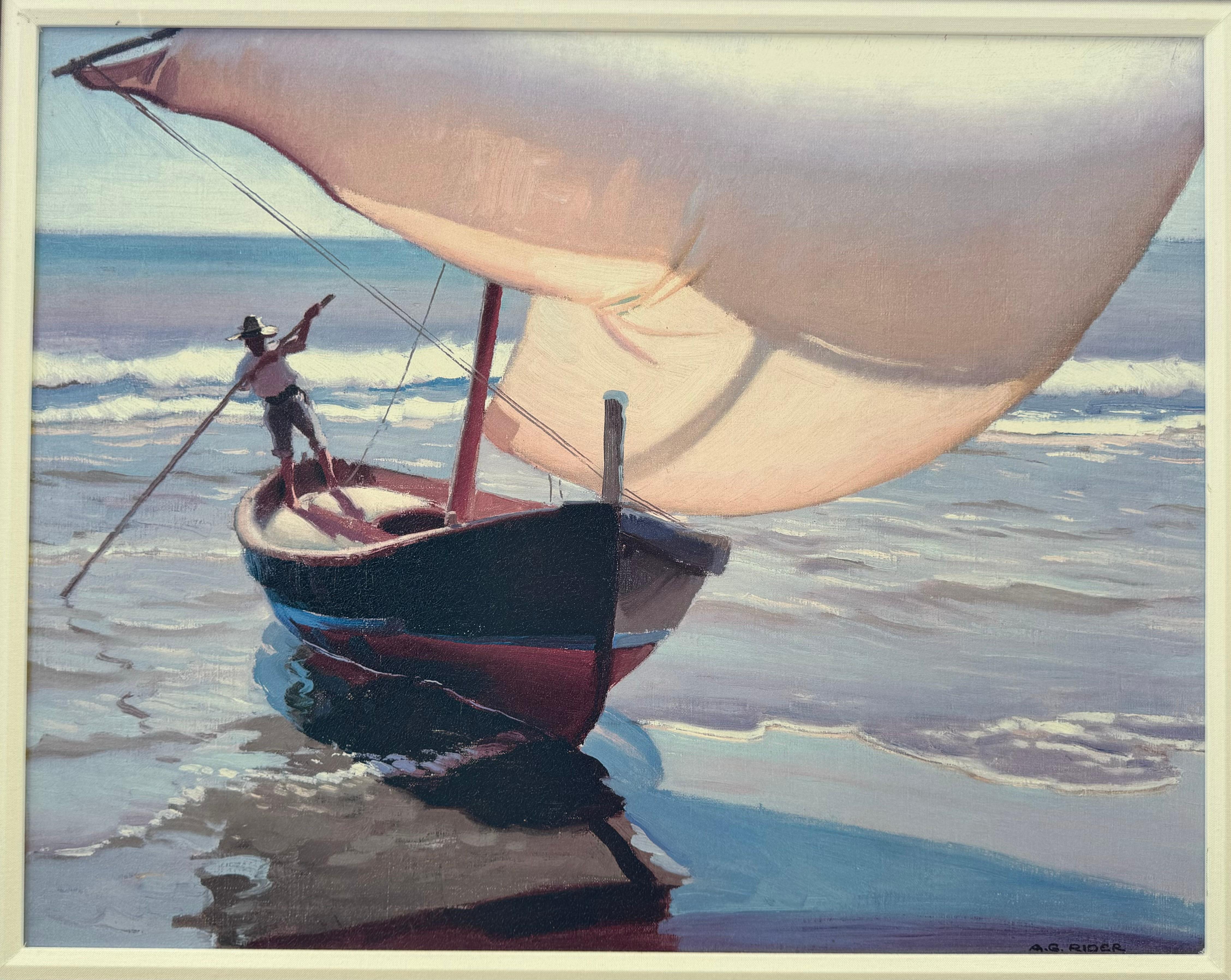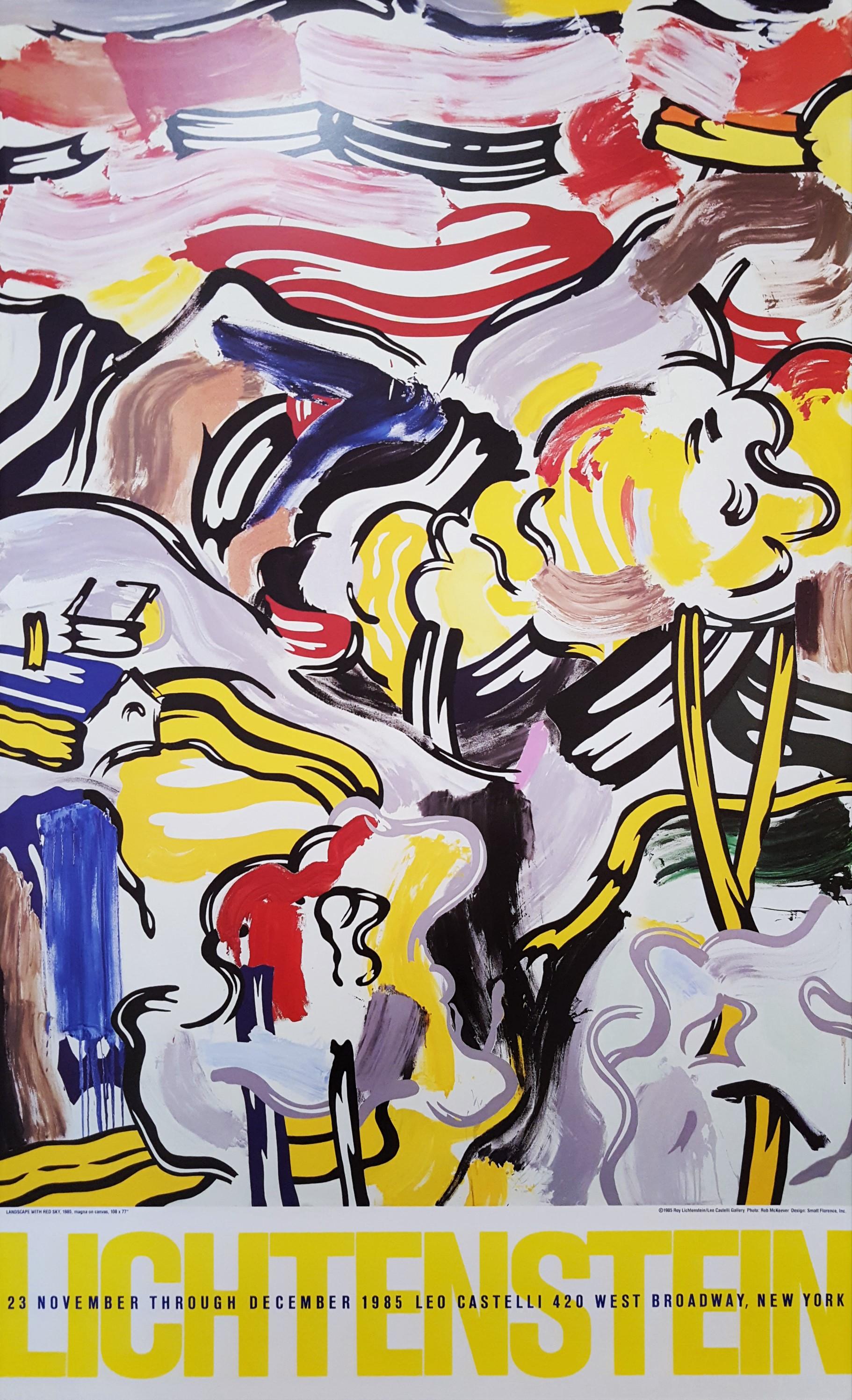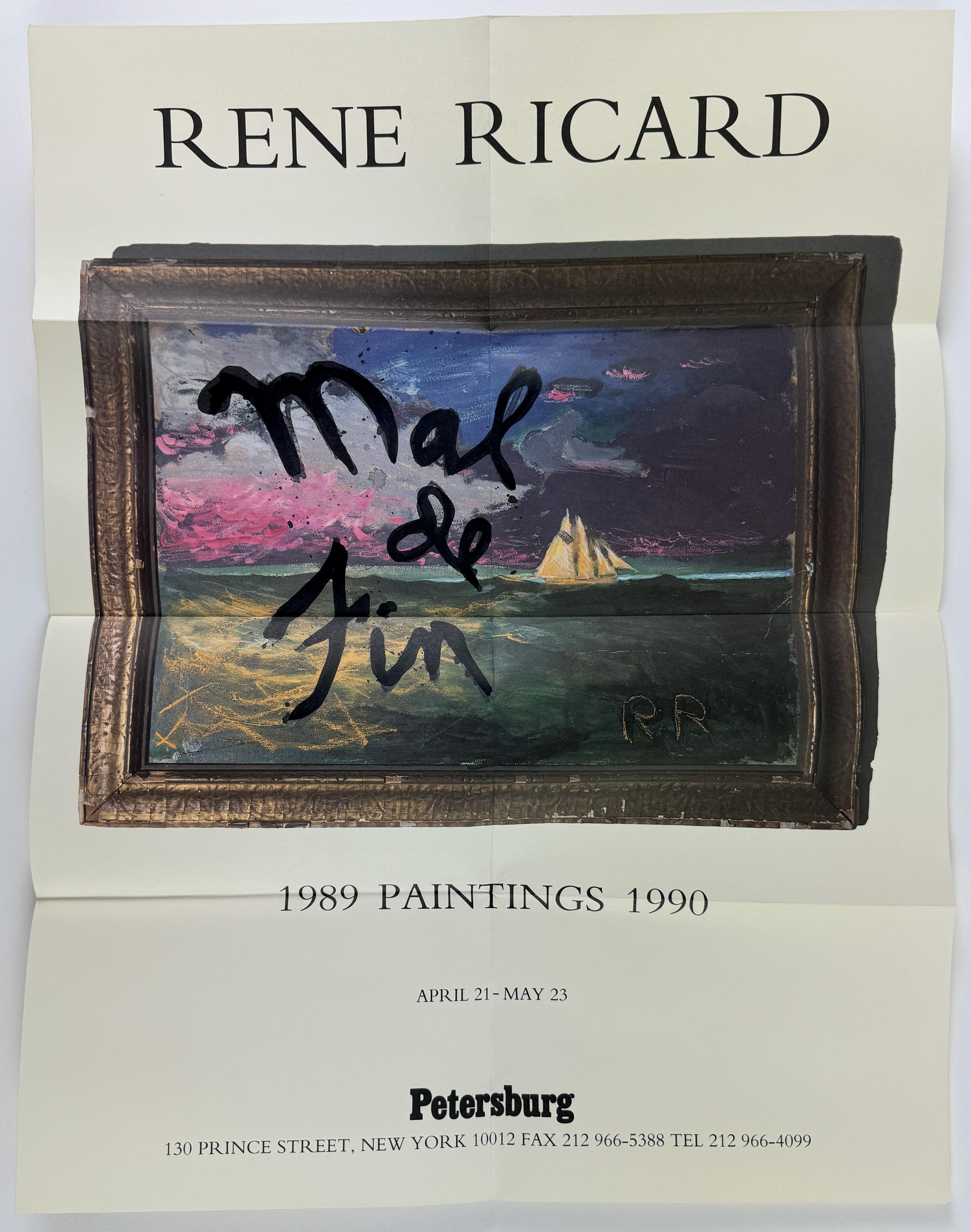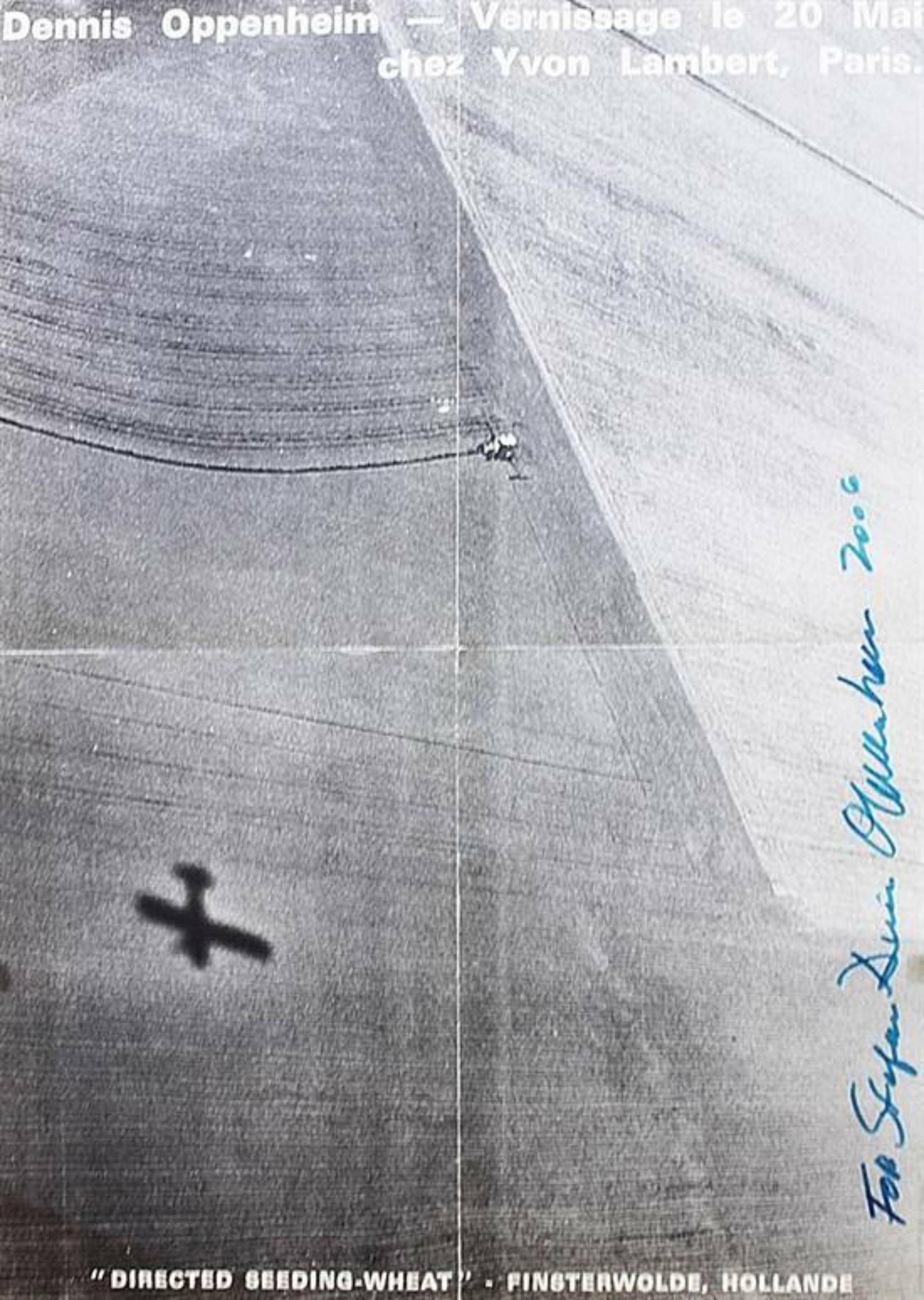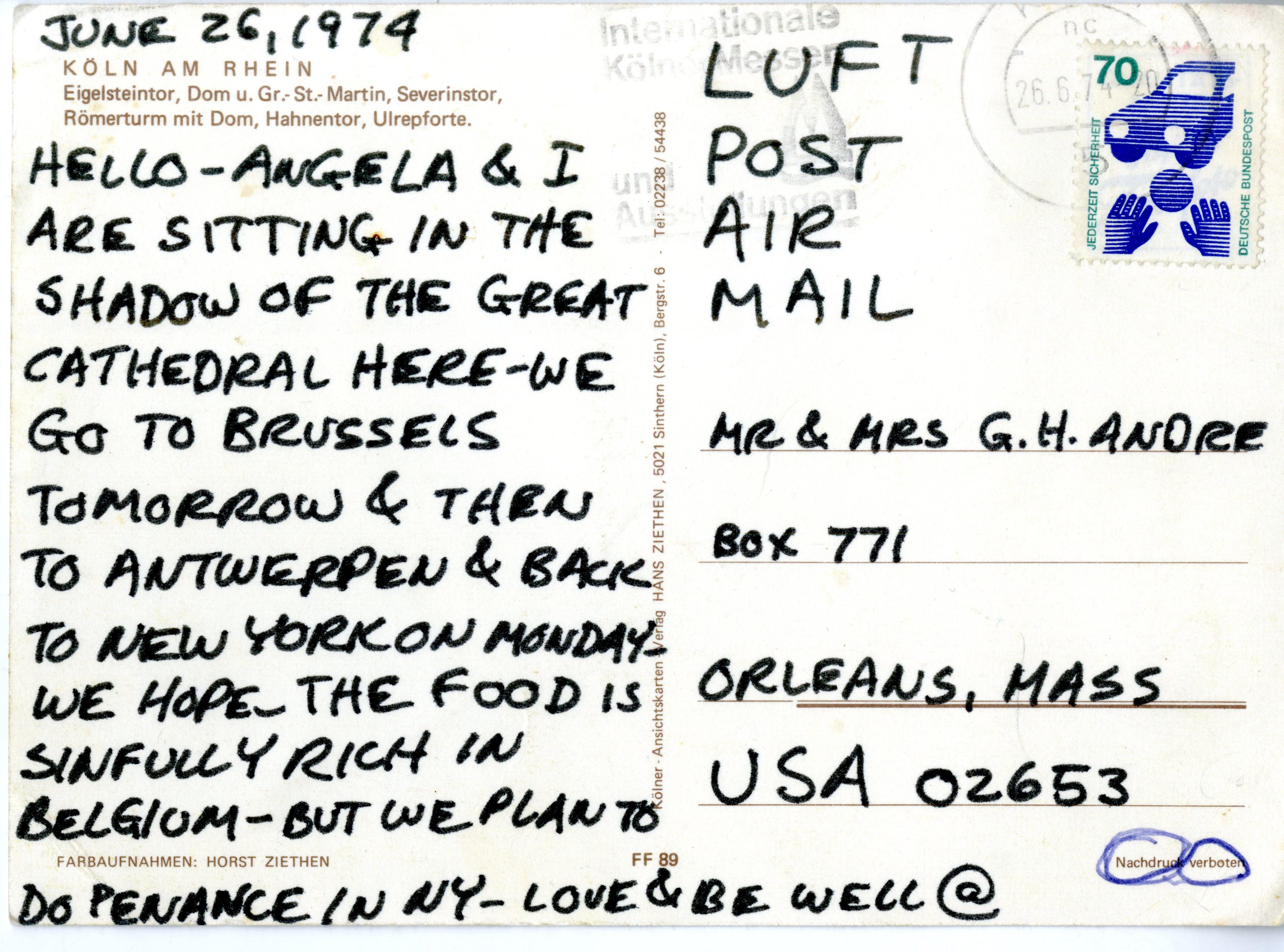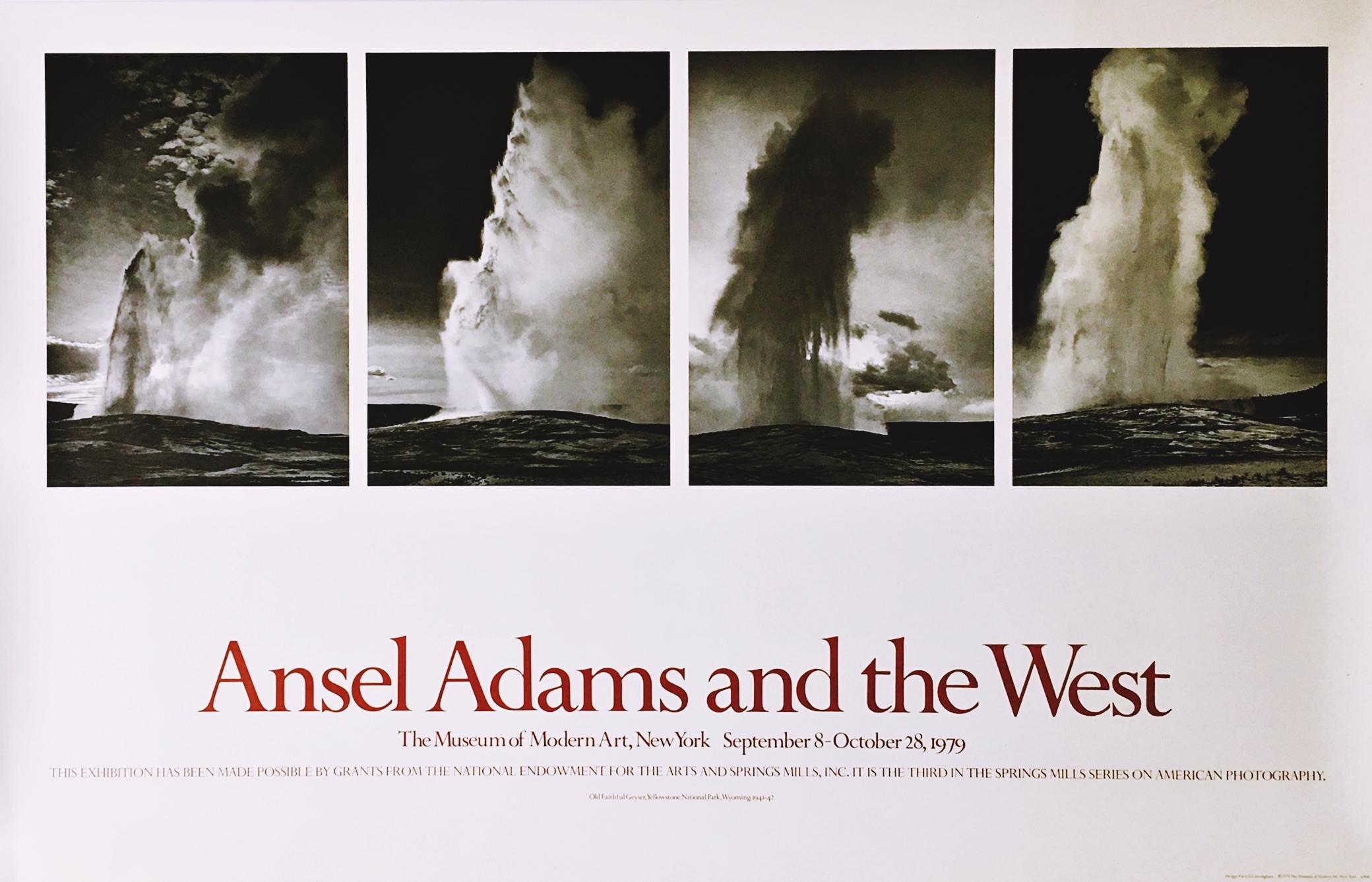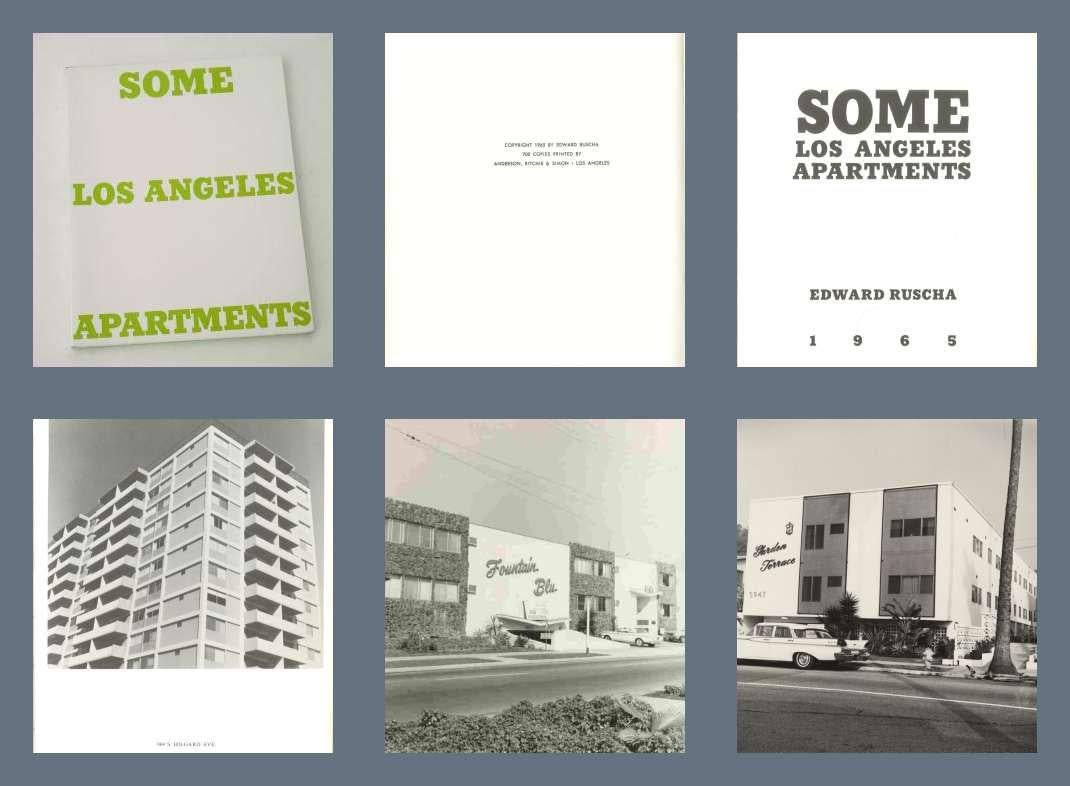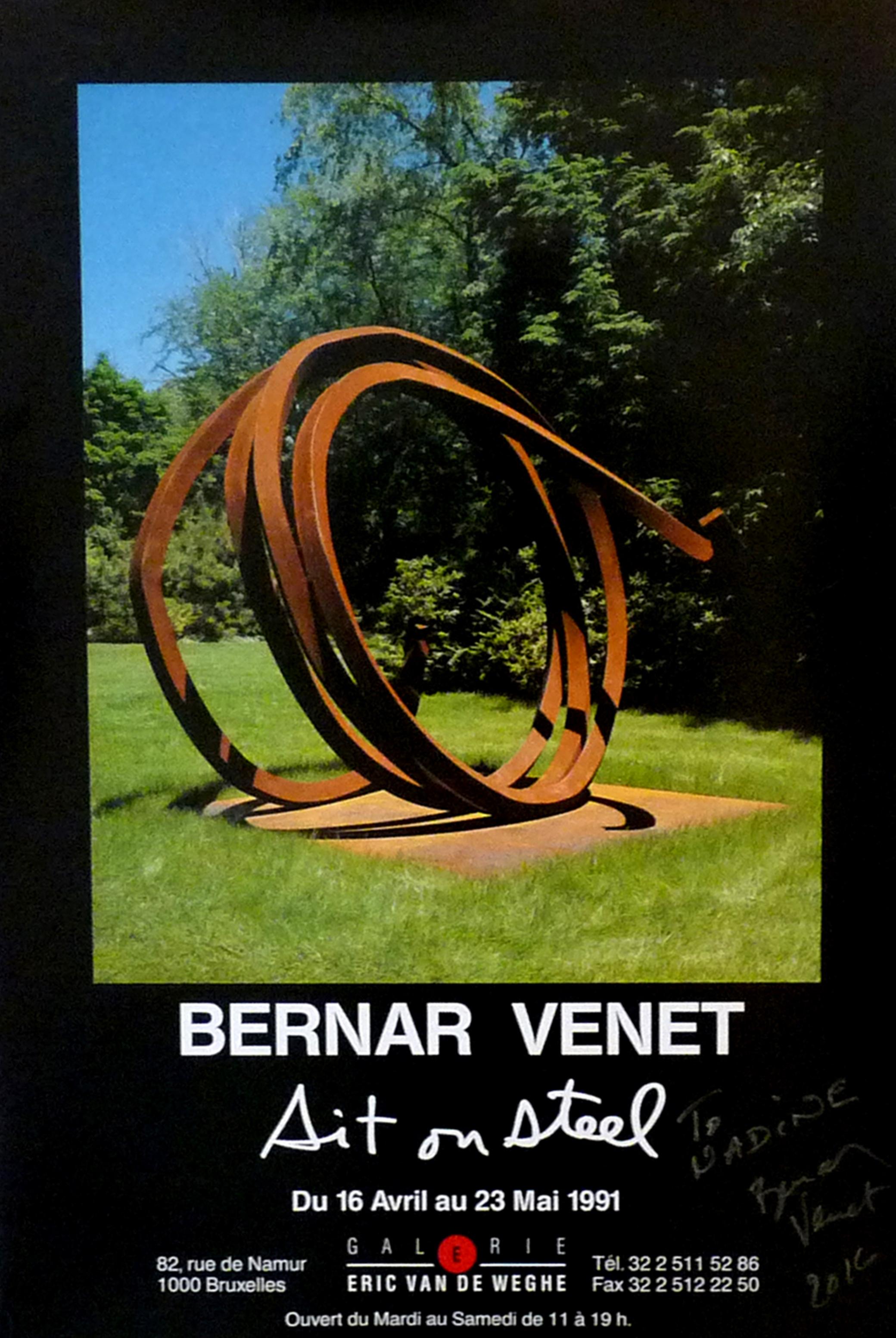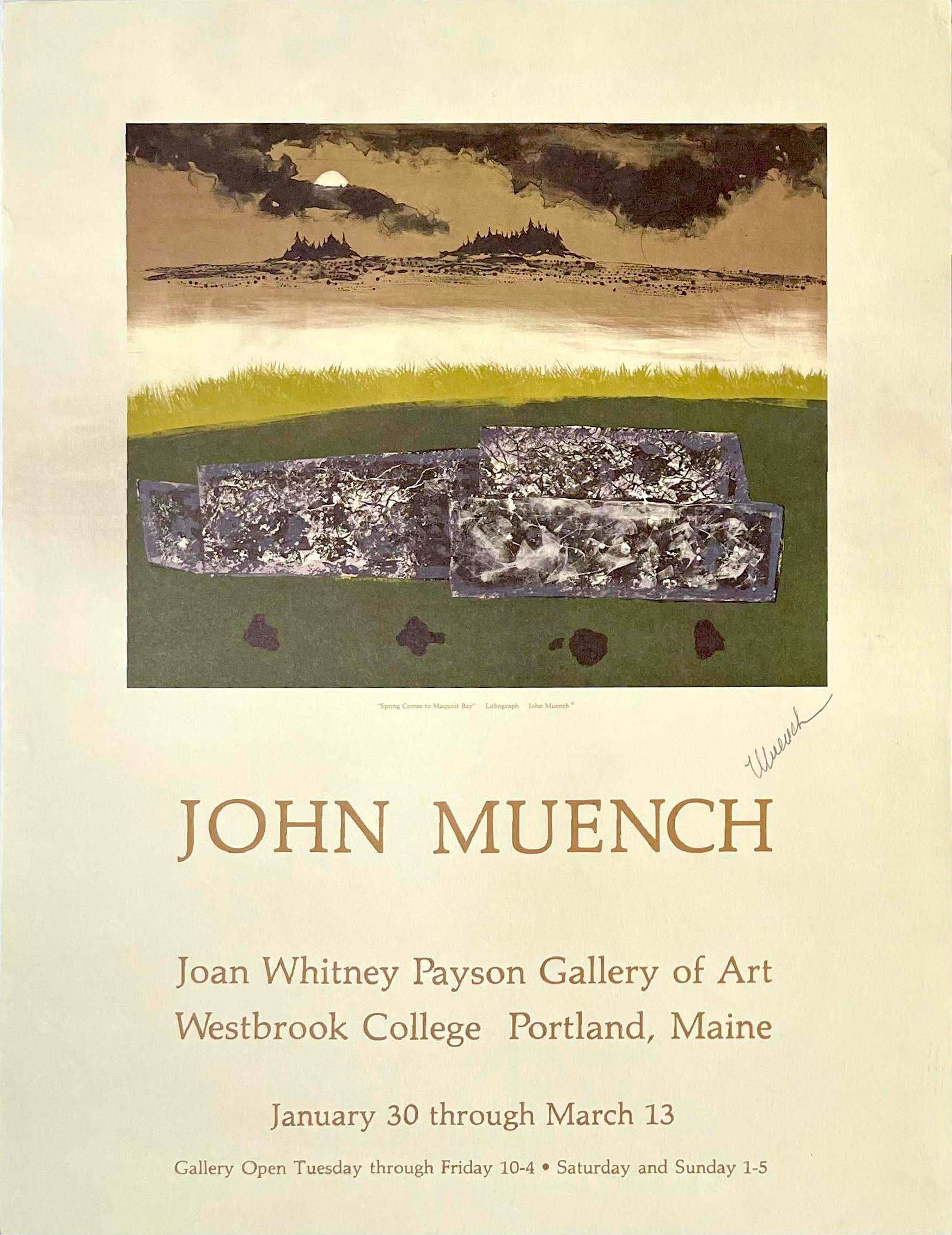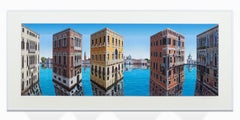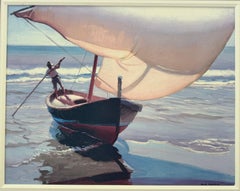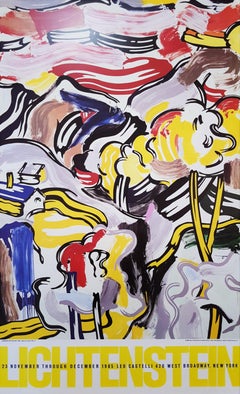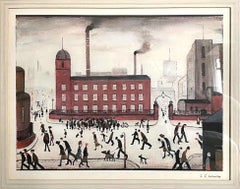
Mill Scene
View Similar Items
1 of 5
Laurence Stephen LowryMill Scene1970
1970
About the Item
- Creator:Laurence Stephen Lowry (1887-1976, British)
- Creation Year:1970
- Dimensions:Height: 12.01 in (30.5 cm)Width: 15.95 in (40.5 cm)
- Medium:
- Period:
- Framing:Framing Options Available
- Condition:
- Gallery Location:New York, NY
- Reference Number:1stDibs: LU151128410412
Authenticity Guarantee
In the unlikely event there’s an issue with an item’s authenticity, contact us within 1 year for a full refund. DetailsMoney-Back Guarantee
If your item is not as described, is damaged in transit, or does not arrive, contact us within 7 days for a full refund. Details24-Hour Cancellation
You have a 24-hour grace period in which to reconsider your purchase, with no questions asked.Vetted Professional Sellers
Our world-class sellers must adhere to strict standards for service and quality, maintaining the integrity of our listings.Price-Match Guarantee
If you find that a seller listed the same item for a lower price elsewhere, we’ll match it.Trusted Global Delivery
Our best-in-class carrier network provides specialized shipping options worldwide, including custom delivery.You May Also Like
Canaletto
By Patrick Hughes
Located in London, GB
A hand painted three dimensional, Reverspective print, inspired by Venice. Produced in 2024. This print comes housed in a bespoke perspex display case. A limited edition of 75.
Hand...
Category
2010s Contemporary Landscape Prints
Materials
Lithograph, Offset
Fishing boat, Spain
By Arthur Rider
Located in Cliffside Park, NJ
Arthur Grover Rider (American 1885-1975)
Offset Litho on board of fisherman in Spain.
Professionally framed and matted in gilt frame.
Born in Chicago, IL on March 21, 1886. Rider ...
Category
20th Century Landscape Prints
Materials
Lithograph, Offset
Leo Castelli Gallery (Landscape with Red Sky) Poster /// Roy Lichtenstein Pop
By Roy Lichtenstein
Located in Saint Augustine, FL
Artist: (after) Roy Lichtenstein (American, 1923-1997)
Title: "Leo Castelli Gallery (Landscape with Red Sky)"
Year: 1985
Medium: Original Offset-L...
Category
1980s Pop Art Landscape Prints
Materials
Lithograph, Offset
Vintage Rene Ricard Mal de Fin: Paintings 1989-1990 poster with poetry and ocean
By Rene Ricard
Located in New York, NY
Original poster commemorating Rene Ricard's 1990 exhibition Mal de Fin: Paintings 1989-1990 at the Petersburg Press Gallery, New York. The image reproduces his painting, Mal de Fin, ...
Category
1990s Contemporary Landscape Prints
Materials
Lithograph, Offset
Vintage Rene Ricard Mal de Fin: Paintings 1989-1990 poster with poetry and ocean
By Rene Ricard
Located in New York, NY
Original poster commemorating Rene Ricard's 1990 exhibition Paintings 1989-1990 at the Petersburg Press Gallery, New York. The poster is folded as it was sent out for the original ex...
Category
1990s Contemporary Landscape Prints
Materials
Lithograph, Offset
RARE Yvon Lambert Gallery mailer (Hand Signed and Addressed by Dennis Oppenheim)
By Dennis A. Oppenheim
Located in New York, NY
Dennis Oppenheim
Directed Seeding -Wheat, Historic Yvon Lambert Gallery Poster (Hand Signed and Addressed by Dennis Oppenheim), 1969
Offset lithograph poster. Hand signed, inscribed. Postmarked and addressed to Oppenheim's dealer, John Gibson
23 × 16 inches
Hand Signed and inscribed by Dennis Oppenheim lower right in blue marker in 2006, hand addressed by Dennis Oppenheim in 1969 in red marker
Unframed
This is an extremely uncommon vintage poster/mailer announcing the May 20th, 1969 opening reception (Vernissage) for the exhibition of works by American conceptual art pioneer Dennis Oppenheim at the Yvon Lambert Gallery in Paris. The poster is historic in that it was originally mailed to John Gibson, the East 67th Street dealer, who famously gave Dennis Oppenheim his first New York exhibition in 1968, and it is hand addressed to Gibson, bearing the original Paris, France postmark of 1969. It is, exceptionally, hand signed and dedicated by Dennis Oppenheim to a collector who acquired the poster from John Gibson's collection, and then secured Dennis Oppenheim's autograph in 2006, making this an especially valuable collectors item.
More information about the project from the Tate Gallery archives, which acquired the work:
This work brings together two interventions Oppenheim created on a field owned by farmer Albert Waalken in Finsterwolde, north-eastern Holland, in 1969. It comprises four distinct elements mounted on board: a colour photograph of a wheatfield being sowed by a tractor in parallel curving lines seen from high up; a negative image in black and white of a map of the area of Finsterwolde onto which two sections of text have been collaged; and two black and white aerial photographs of the same field being traversed by a tractor cutting an X into the wheat. The first two elements relate to the action Directed Seeding. For this the field was seeded according to a line plotted by following the road from the village of Finsterwolde, the location of the field, to Nieuweschans, another village where the farmer’s storage silo for wheat was located. Oppenheim reduced this curved line by a factor of six in order to direct the trajectory of seeding. The tractor then carved a series of curved parallel lines on the surface of the field as it dug up earth and scattered seed. From an aerial perspective the patterning of parallel lines may be viewed as a form of line drawing on the landscape. The precise location of the field and the silo are indicated on the map, showing the trajectory of the road. The two sections of text collaged onto the upper portion of the map briefly describe the two interventions. Explaining the action Cancelled Crop, the artist wrote:
In September the field was harvested in the form of an X. The grain was isolated in its raw state, further processing was withheld. This project poses an interaction upon media during the early stages of processing. Planting and cultivating my own material is like mining ones own pigment (for paint) – I can direct the later stages of development at will. In this case the material is planted and cultivated for the sole purpose of withholding it from a product-oriented system. Isolating this grain from further processing (production of food stuffs) becomes like stopping raw pigment from becoming an illusionistic force on canvas. The esthetic is in the raw material prior to refinement, and since no organization is imposed through refinement, the material’s destiny is bred with its origin.
(Quoted from artist’s statement in Tate acquisition file.)
Directed Seeding and Cancelled Crop are two separate works, brought together in several different versions of which Tate’s is one. The collage presents three ways in which human action may marks the land. For the first two, agricultural machinery is used to create straight lines, in the process of harvesting as in the X of Cancelled Crop, or curved lines, during the process of planting seed in the contours photographed for Directed Seeding. The map shows a third (and more ancient) way of marking the land, through the construction of roads. The use of the landscape – natural, industrial or urban – as a canvas on which to act is typical of Oppenheim’s work in the late 1960s and early 1970s. In a related action, Directed Harvest, 1966 (Tate T07590) and Directed Harvest 1968 (Kröller-Müller Museum, Otterlo, Netherlands), the artist caused a field to be harvested in linear patterns which he then had photographed in its progressive stages. In Reverse Processing: Cement Transplant, East River, NY, 1970, 1978 (Tate T07591) Oppenheim drew large crosses on the roofs of barges transporting raw cement that he found moored on the New York East River banks. All these works centre on process as an agent of change and utilise materials, elements and locations on which the artist can have no permanent claim, making them deliberately ephemeral. Such actions as seeding a crop and harvesting it several months later operate within time parameters dependent on the cycles of the seasons rather than the will of man, mixing human processes with those of nature. Oppenheim’s analogy between the prevention of a crop from entering the food chain and the halting of the expressive, ‘illusionistic’ force of paint deconstructs the sophisticated processes of art-making and the food industry to the elemental notion of making simple marks on the environment. In this way, the artist highlights contemporary man’s dependency on complex chains...
Category
1960s Conceptual Abstract Prints
Materials
Offset, Lithograph
